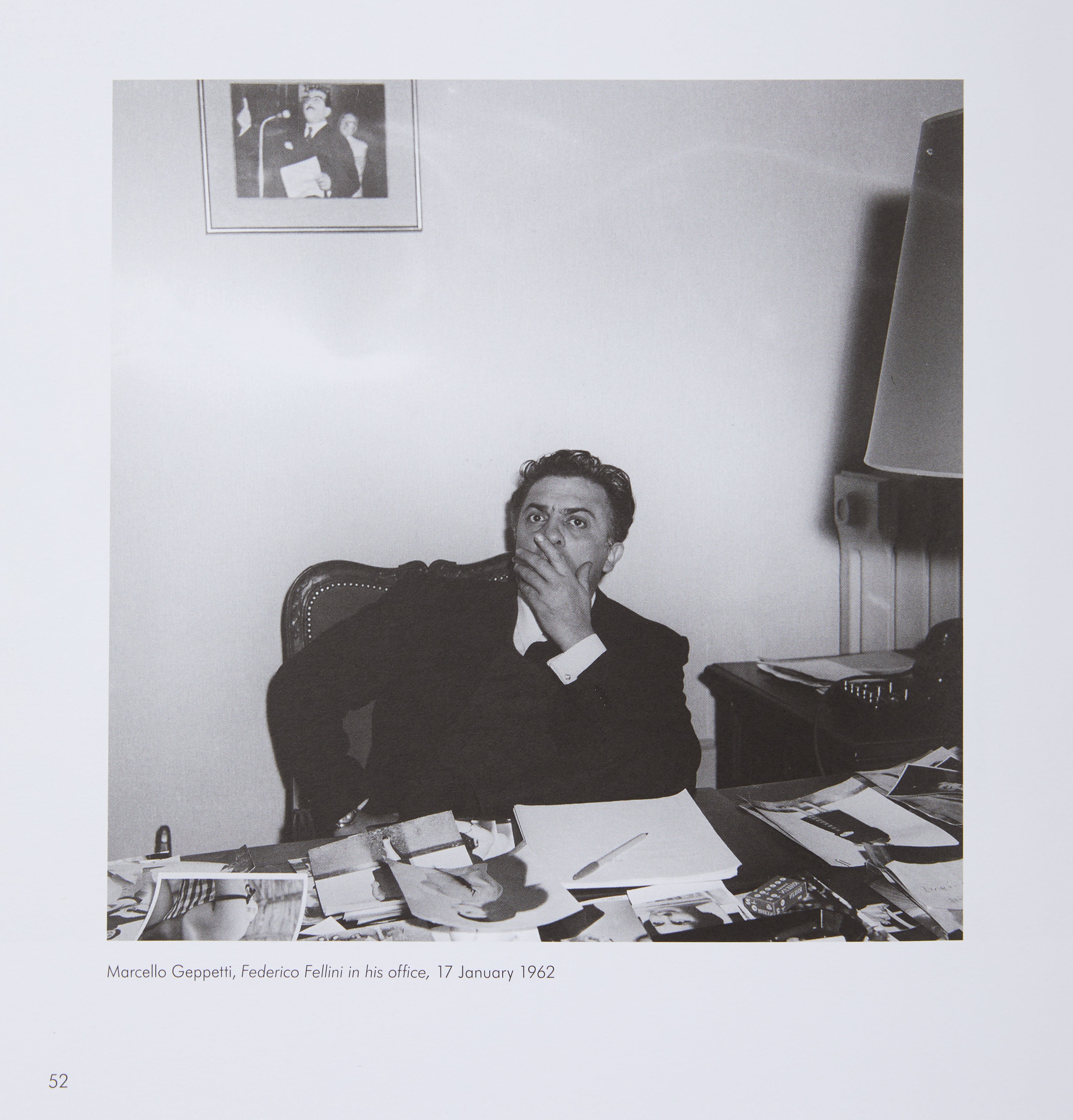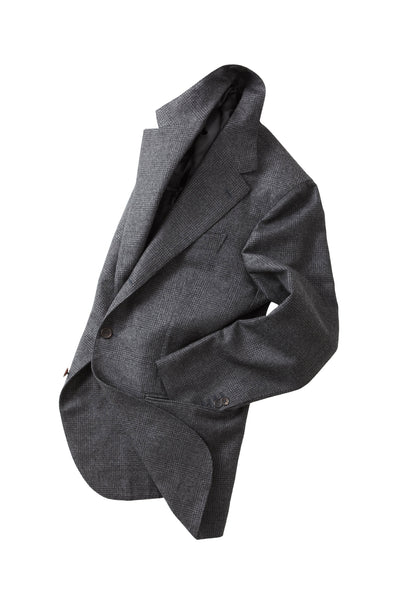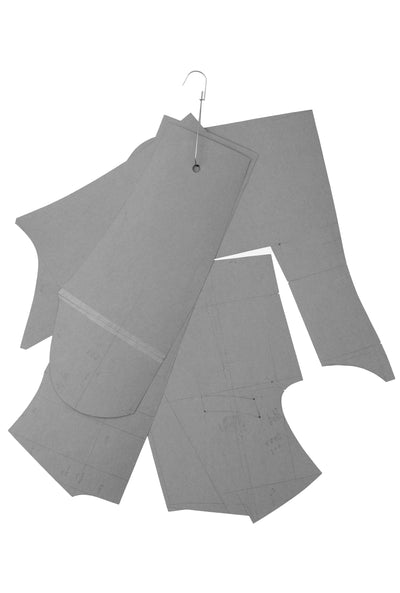
Estorick Collection & Anglo-Italian: The Years of La Dolce Vita
Presenting our next online exhibition courtesy of our friends at the Estorick Collection.
One of the world’s foremost museums devoted to modern Italian art, located right here in London.
Looking through the archives from the last decade there are a plethora of fantastic exhibitions which we would like to share with our community. Thanks to the team's generosity we are pleased to republish a handful of our favourites online for the first time.
We hope you enjoy this second edition:
The Years of La Dolce Vita (2014)

The 1950s and ’60s represent a golden era in Italian film when directors such as Michelangelo Antonioni, Pier Paolo Pasolini and Federico Fellini produced some of their most famous movies, including the latter’s iconic La Dolce Vita (1960). Hollywood stars such as John Wayne, Charlton Heston, Lauren Bacall and Liz Taylor also frequented the capital as American filmmakers were lured to Rome by the comparative low cost of its Cinecittà studios, and it was here that such epic productions as Ben-Hur (1959) and Cleopatra (1963) were shot. However, in the evenings the focus of Rome’s movie culture – as well as the lenses of its paparazzi – shifted to the bars and restaurants lining the city’s exclusive Via Veneto, where the presence of celebrities such as Alain Delon, Kirk Douglas and Audrey Hepburn transformed Rome’s streets into ‘an open-air film set’.

The term paparazzo is taken from Fellini’s La Dolce Vita, being the name of a character inspired by a number of real-life photojournalists then active in Rome, including Rino Barillari and Felice Quinto. Marcello Geppetti (1933-1998) also undoubtedly served as a model, and it is from his astonishing archive of over one million images that most of the works on display are drawn. Early in his career, Geppetti gained a reputation both for the technical quality of his photographs and his talent for capturing dramatic, eye-catching moments, and was initially employed by the Meldolesi-Canestrelli-Bozzer agency – then one of the most important of its kind. Ironically, Geppetti made his name with harrowing images of a fire at the Hotel Ambasciatori on Via Veneto: the very street that would later provide him with arresting imagery of a quite different nature.

Many of Geppetti’s photographs capture moments when ‘the ordinary coexisted with the extraordinary’ – as in his image of the actor Mickey Hargitay riding down Via Veneto on horseback. Undoubtedly, one of his most famous shots is that of Richard Burton kissing Liz Taylor while holidaying in Ischia, a photograph recently listed among the thirty most famous images in history. Whilst his work has been seen as transcending the somewhat negative public image of this type of journalism (Geppetti having been described as ‘the most undervalued photographer in history’), its invasive nature still challenges us to consider our own response to the media’s continuing obsession with celebrity, and the ‘guilty pleasure’ we also often take in looking at such images.

Of a quite different nature are the intimate series of photographs by Arturo Zavattini (b. 1930) who, from the 1950s, worked as a cameraman and director of photography for a number of filmmakers including Vittorio De Sica and Paolo Nuzzi. Today, Zavattini looks after an archive dedicated to the work of his father, Cesare (1902-1989), the celebrated screenwriter and pioneer of Neorealism. Obtained with the full consent of Fellini, these remarkable photographs capture an atmosphere of relaxed creativity and shared artistic vision between cast and crew on the set of the director’s landmark film.

Revealing the public, professional and private lives of some of the movie industry’s most celebrated actors and actresses, The Years of La Dolce Vita not only provided a candid and evocative snapshot of an era noted for its extraordinary vitality and glamour, but also presented a selection of images which, for better or worse, helped to change the face of photojournalism forever.





















